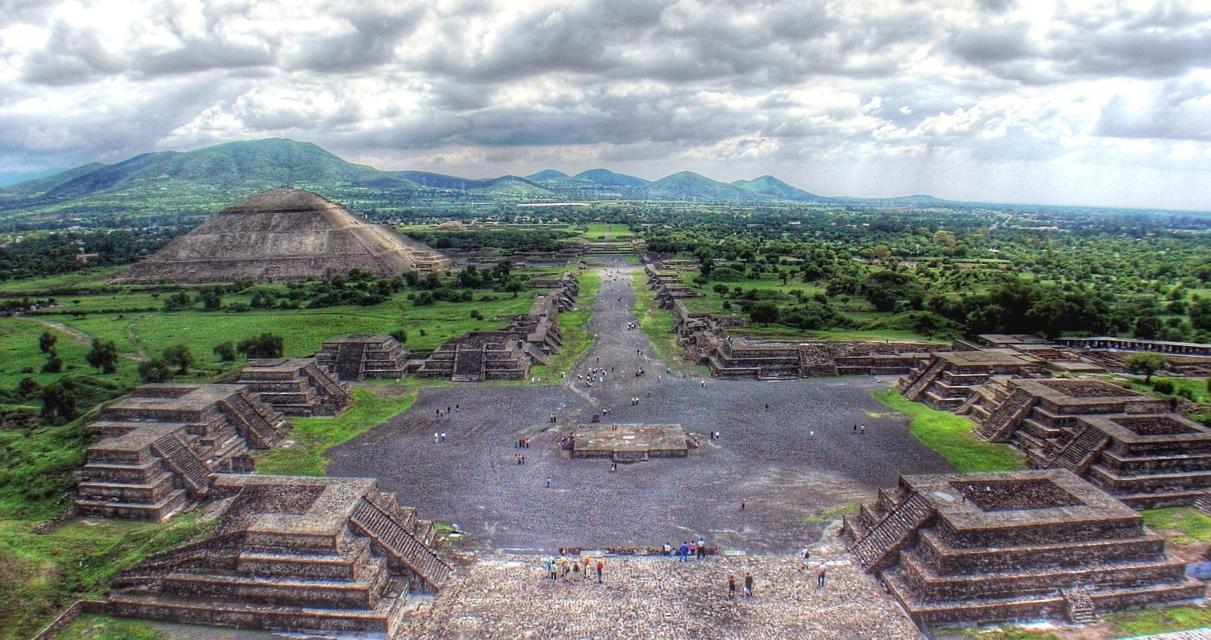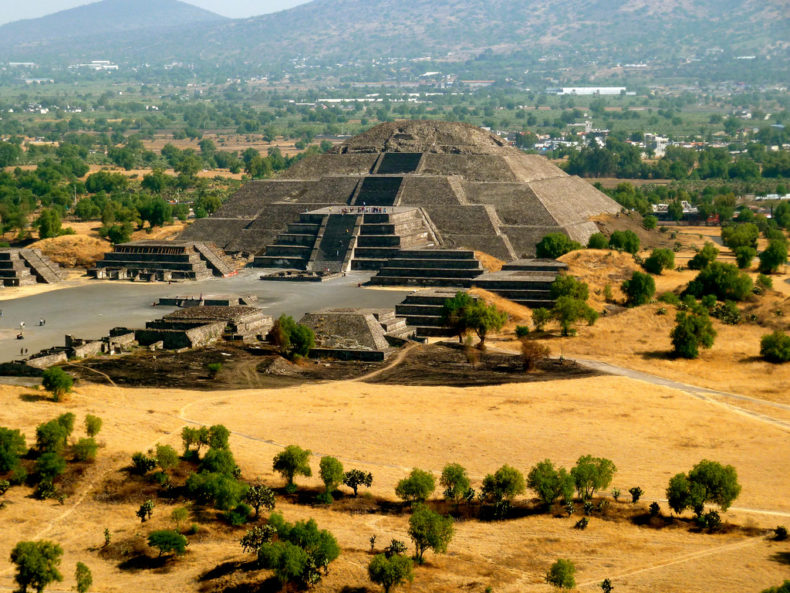 I love a good mystery. And in a weird way, I kind of hate it when they are solved. It’s a little like candy. I have a vicious sweet tooth and I love going into a candy story and looking for something to buy. But when I eat it, it’s always a let down. And I also feel like crap.
I love a good mystery. And in a weird way, I kind of hate it when they are solved. It’s a little like candy. I have a vicious sweet tooth and I love going into a candy story and looking for something to buy. But when I eat it, it’s always a let down. And I also feel like crap.
The point is that mysteries and candy are both more about the process than the resolution. Rock climbing too, I guess. Baseball, Sudoku, Wes Anderson movies – man, I guess everything in my life could boil down to activities that have amazing journeys and disappointing payoffs.
Maybe that’s why I love science so much. You never really get all the answers you want and even when you do there is always a bit at the end where you say, “Scientist still have a lot of questions…” And you keep coming back to see what’s around the next corner.
Nowhere is this more true than archeology. A couple years ago I wrote about a dynasty of Maya rulers that took almost 30 years to uncover. That’s a maddeningly slow process. At the same time in other sciences, measles was eradicated from the Americas, hadron colliders were built and detected Higgs bosons, and genetic engineering, CRISPR and the internet were invented.
But archeology takes its time. I like to think it’s all about the journey. Yesterday I went to my favorite site here in the mountains, Teotihuacan. It was packed and sweltering and I had a furious toddler strapped to my back but it was still just so amazing to stand atop the Pyramid of the Sun and looking out across an ancient metropolis. It was the first archeological site I saw here in Mexico, the subject of my first stories here and still just as stunning as the day I first saw it.
The reason I like it so much is because it was the most powerful city of the Classic Era and we have almost no idea who these people were. We don’t even know if they were ruled by a king or a committee. The Classic Maya, who lived 600 miles away, sort of mentioned a Teotihuacan ruler but the people themselves were oddly silent on the topic (partly because they didn’t have a writing system). As I wrote four years ago in Scientific American, the argument for a king boils down to: “No committee or senate could have coordinated such perfect construction – it had to be a king.” Meanwhile the other side boils down to: “Great, so then where is he?” Teotihuacan has no pictures of kings, no buried tombs, nothing to point to a specific ruler.
 In an age of quantum entanglements and obscure gene pathways there is something refreshing about such a simple, elegant question. And for most of my stay in Mexico City, I thought we were on the verge of an answer. You see, in 2003, after a pounding rainstorm, a scientist named Sergio Gomez stumbled upon a hole in the middle of the lavish Temple of the Feathered Serpent. He immediately dropped into the hole and found it led to a sealed tunnel headed right to the middle of the pyramid.
In an age of quantum entanglements and obscure gene pathways there is something refreshing about such a simple, elegant question. And for most of my stay in Mexico City, I thought we were on the verge of an answer. You see, in 2003, after a pounding rainstorm, a scientist named Sergio Gomez stumbled upon a hole in the middle of the lavish Temple of the Feathered Serpent. He immediately dropped into the hole and found it led to a sealed tunnel headed right to the middle of the pyramid.
If ever there was going to be a king in Teotihuacan, it would be in a sealed chamber under one of its most important pyramids, right? It had to be there. For 14 years, he painstakingly dug away, exposing untold treasures guarded by a series of built up walls. Near the end he even found two antichambers filled with mirrors and crystal balls. This was some serious Indiana Jones stuff here.
When I spoke to him for this story back in 2011, he was kind of neutral about the presence of a king in Teotihuacan, but clearly he preferred the idea. What archeologist wouldn’t? If there is a ruler, maybe we can find him/her. And as I bumped into him over the years he seemed more and more hopeful he would find one, though he played it down. In 2014, they finally penetrated the final chamber but there was no king. After that, they dug down to see if he had been buried but still no king. 
Today Gomez says that you have to be careful when you talk about “kings” because it’s easy to assume we mean European-like rulers. In fact, he still sees the possibility for a strong central leader in the city and even for someday finding him or her. Just not in the tunnel under his pyramid. In fact, what we found in the tunnel of the Pyramid of the Feathered Serpent was yet another mystery.
 So here I am. At the end of seven years in Mexico, packing up my apartment and preparing for a new chapter back in the United States, wondering what my time here was all about. It would have been so nice to end my time in this amazing city with an answer to at least one of the questions I found here. But that’s not how science usually works. We clear away the rubble, we open a door, and as the music builds and the camera pans in we discover a gleaming pile of new questions.
So here I am. At the end of seven years in Mexico, packing up my apartment and preparing for a new chapter back in the United States, wondering what my time here was all about. It would have been so nice to end my time in this amazing city with an answer to at least one of the questions I found here. But that’s not how science usually works. We clear away the rubble, we open a door, and as the music builds and the camera pans in we discover a gleaming pile of new questions.
And I guess that’s okay. Some mysteries just wouldn’t be as much fun if they were solved.
Photo Credits: José Luis Ruiz, Sergio Gomez, Carlos Van Vegas